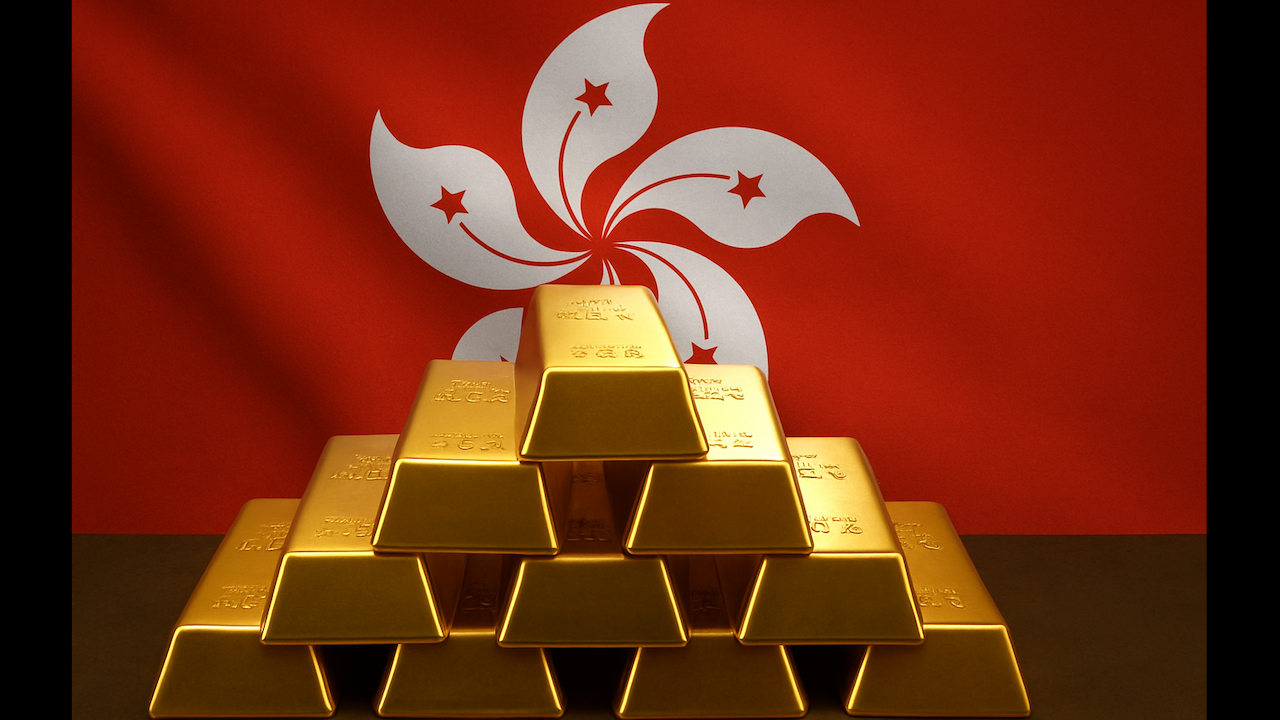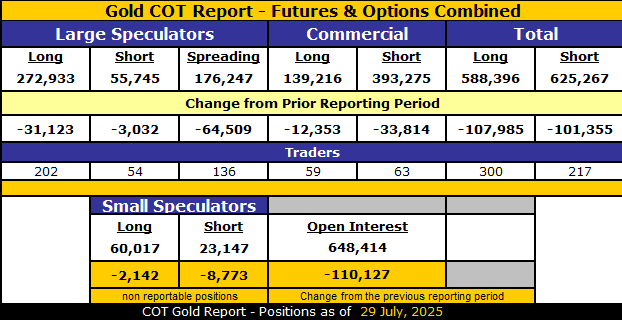While many Western investors still haven’t hopped on the gold bandwagon, Asian investors have been piling up yellow metal.
For example, affluent Hong Kong investors have nearly tripled their gold holdings over the last year.
According to an HSBC survey, Hong Kong residents with $100,000 to $2 million in investable assets have allocated an average of 11 percent of their portfolios to gold and other precious metals. That was up from a 4 percent allocation just one year ago.
This reflects rising interest in gold and silver by Chinese and Asians more generally.
Investors in mainland China have even more exposure to gold, with an average of 15 percent of their portfolios allocated to precious metals. That was up from 7 percent last year.
Gold was up around 28 percent through the first half of this year. That follows on the heels of a 26 percent gain in 2024.
Asian investors and central bank gold buying have driven the gold bull so far. While physical gold investment surged in China (and Asia more broadly) last year, it remained tepid in the U.S. For instance, gold bar and coin sales surged 12 percent to 124 tonnes in the first quarter of 2025, accounting for 38 percent of global Q1 bar and coin investment. Meanwhile, gold coin and bar sales fell to the lowest level in five years in the U.S.
According to the Financial Times, gold has become the most attractive investment option in the midst of a Chinese real estate crisis and a bear market in stocks.
A Shanghai-based client manager recently told the FT that investors are approaching gold in the same way they typically do stocks.
“It’s just like when stocks rise and mom-and-pop investors rush to open securities accounts. With gold prices soaring, people think buying gold is a sure way to make money.”
According to the World Gold Council, “escalating trade tension between the US and China, alongside expected currency depreciation, also drove safe-haven demand for gold; this was further encouraged by continued announcements of buying by the PBoC.”
Based on the HSBC survey, as Hong Kong investors increase their exposure to gold, they are spurning cash. They decreased their cash and cash equivalent allocations from 33 percent a year ago to 20 percent.
This likely reflects inflation worries (every country is debasing their fiat currency) and a continuing de-dollarization trend globally, given that the greenback is the world reserve currency.
We’ve seen a very similar trend in central bank reserves, with gold recently overtaking the euro as the world’s number two reserve asset.
However, it’s not so much that gold is replacing the euro. The EU currency’s share of global reserves has remained relatively steady.
Gold is usurping the dollar.
According to recently released IMF data, the dollar’s share of global reserve currencies slid further in 2024. As of the end of last year, dollars made up 57.8 percent of global reserves. That is the lowest level since 1994, representing a 7.3 percent decline in the last decade. In 2002, dollars accounted for about 72 percent of total reserves.
The trend is clear. Gold is becoming the preferred money in the East. Given America’s fiscal irresponsibility and monetary malfeasance, it’s only a matter of time before the West begins to follow suit.
Read the full article here






Leave a Reply